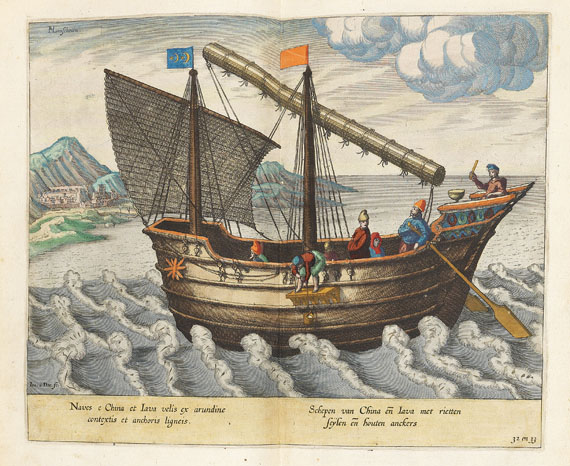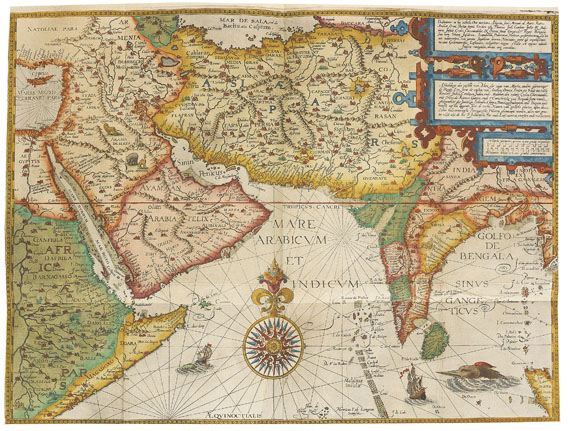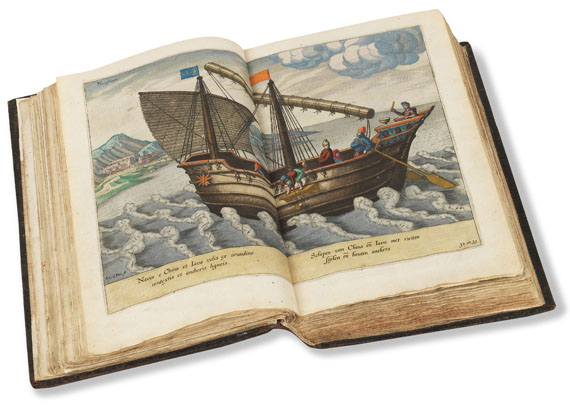

In 1854, Commodore Matthew Perry and the "Black Ships" of the United States Navy forced the opening of Japan to the outside world with the Kanagawa Convention. The Edo period led to Kokugaku ("National Studies"), the study of Japan by the Japanese. The study of western sciences (Rangaku) continued through contact with the Dutch enclave in Nagasaki.

The economic growth of modern Japan began during this period, leading to road and water transport routes, as well as financial instruments such as futures, banks, and insurance for the Osaka rice brokers. Today's Tokyo grew into the largest metropolitan area in the world during this time. This period was marked by great prosperity for the Japanese people.

The Tokugawa family retained control of the other daimyo for over 250 years. With the exception of limited exchanges with China and the Netherlands, who were the only Europeans allowed to stay in Japan on the artificial island of Dejima off Nagasaki in 1639, there was hardly any contact with other states. During the isolation of Japan in the Edo period, entry and exit for Japanese and foreigners were prohibited.
ORTELIUS IAPONIAE CODE
The shogunate enacted measures such as the Buk-Shohatto code of conduct to control the autonomous daimy_s and in 1639 the isolationist sakoku ("closed country") policy, which spanned two and a half centuries of weak political unity known as the Edo period (1603-1868). He was appointed Shogun by Emperor Go-Y_zei in 1603 and founded the Tokugawa Shogunate in Edo (modern Tokyo). After Nobunaga's death in 1582, his successor Toyotomi Hideyoshi unified the nation in the early 1590s and launched two unsuccessful invasions of Korea in 15. His power consolidation began in the so-called Azuchi Momoyama period. Oda Nobunaga used European technology and firearms to conquer many other daimyos. History: In the 16th century, Portuguese traders and Jesuit missionaries first reached Japan and initiated direct commercial and cultural exchanges between Japan and the West. Technik: Copper print colorit: original colored condition: Centerfold perfetly restored size (in cm): 36 x 48 Map of Japan.


 0 kommentar(er)
0 kommentar(er)
